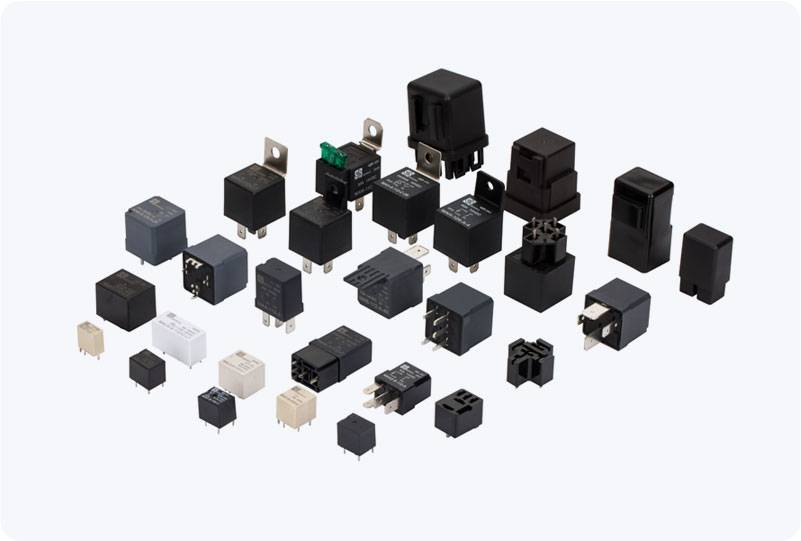In modern electrical systems, especially those dealing with high-voltage environments, maintaining the integrity and safety of equipment is paramount. A critical component in ensuring the durability and reliability of electrical systems is the Hydrogen Gas Arc Extinguishing Relay. This innovative device plays a vital role in preventing damage to electrical contacts and protecting high-voltage equipment by extinguishing harmful arcs during short circuits or overload conditions. In this article, we will explore how the Hydrogen Gas Arc Extinguishing Relay works, its applications, advantages, and importance in electrical protection.

The Functionality of the Hydrogen Gas Arc Extinguishing Relay At its core, the Hydrogen Gas Arc Extinguishing Relay is designed to control and suppress electrical arcs. When electrical arcs occur, they can generate temperatures that reach thousands of degrees Celsius, potentially causing significant damage to electrical components. The relay uses hydrogen gas to effectively extinguish these arcs by leveraging its superior thermal conductivity properties. The working principle involves the introduction of hydrogen gas into the arc region. The gas interacts with the electrical arc, rapidly absorbing the heat and reducing the temperature of the arc. As the temperature drops, the arc is extinguished faster than with conventional extinguishing methods. The rapid cooling effect of hydrogen gas helps to limit the damage to electrical contacts and other components within the system.